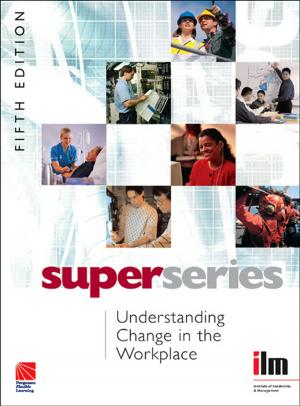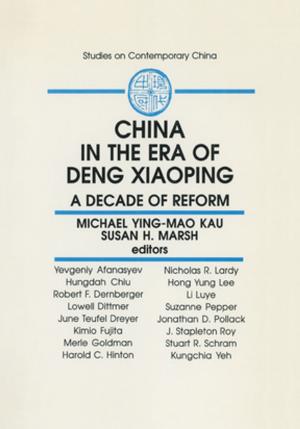| Author: | Nawal K. Taneja | ISBN: | 9781317183068 |
| Publisher: | Taylor and Francis | Publication: | June 23, 2016 |
| Imprint: | Routledge | Language: | English |
| Author: | Nawal K. Taneja |
| ISBN: | 9781317183068 |
| Publisher: | Taylor and Francis |
| Publication: | June 23, 2016 |
| Imprint: | Routledge |
| Language: | English |
Many business sectors have been, and are being, forced to compete with new competitors-disrupters of some sort-who have found new ways to create and deliver new value for customers often through the use of technology that is coupled with a new underlying production or business model, and/or a broad array of partners, including, in some cases, customers themselves. Think about the disruption created by Apple by the introduction of the iPod and iTunes, and by Netflix within the entertainment sectors using partners within the ecosystem; think of Uber that didn’t build an app around the taxi business but rather built a mobility business around the app to improve customer experience.
Airline Industry considers whether the airline industry is poised for disruptive innovations from inside or outside of the industry. Although airlines have a long history of continuous improvements and innovation, few of their innovations can be classified as disruptive innovations. The few disruptive innovations that did emerge were facilitated, for example by new technology (jet aircraft) and government policy (deregulation). Now there are new forces in play-customers who expect to receive products that are more personalized and experience-based throughout the entire journey, new customer interfaces (via social media), advanced information systems and analytics, financially powerful airlines based in emerging nations, and the rise of unencumbered entrepreneurs who think differently as well as platform-focused integrators.
Many business sectors have been, and are being, forced to compete with new competitors-disrupters of some sort-who have found new ways to create and deliver new value for customers often through the use of technology that is coupled with a new underlying production or business model, and/or a broad array of partners, including, in some cases, customers themselves. Think about the disruption created by Apple by the introduction of the iPod and iTunes, and by Netflix within the entertainment sectors using partners within the ecosystem; think of Uber that didn’t build an app around the taxi business but rather built a mobility business around the app to improve customer experience.
Airline Industry considers whether the airline industry is poised for disruptive innovations from inside or outside of the industry. Although airlines have a long history of continuous improvements and innovation, few of their innovations can be classified as disruptive innovations. The few disruptive innovations that did emerge were facilitated, for example by new technology (jet aircraft) and government policy (deregulation). Now there are new forces in play-customers who expect to receive products that are more personalized and experience-based throughout the entire journey, new customer interfaces (via social media), advanced information systems and analytics, financially powerful airlines based in emerging nations, and the rise of unencumbered entrepreneurs who think differently as well as platform-focused integrators.















